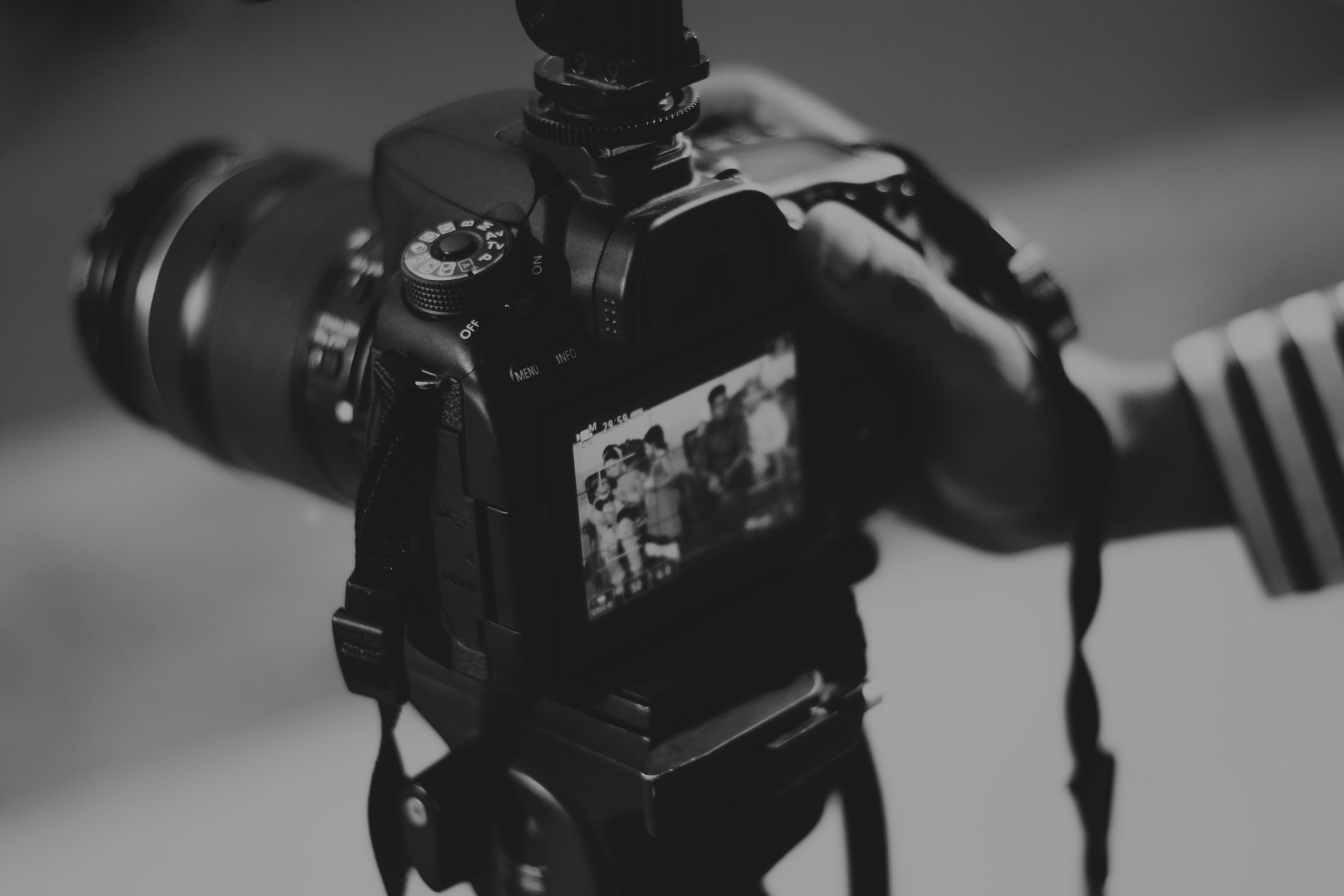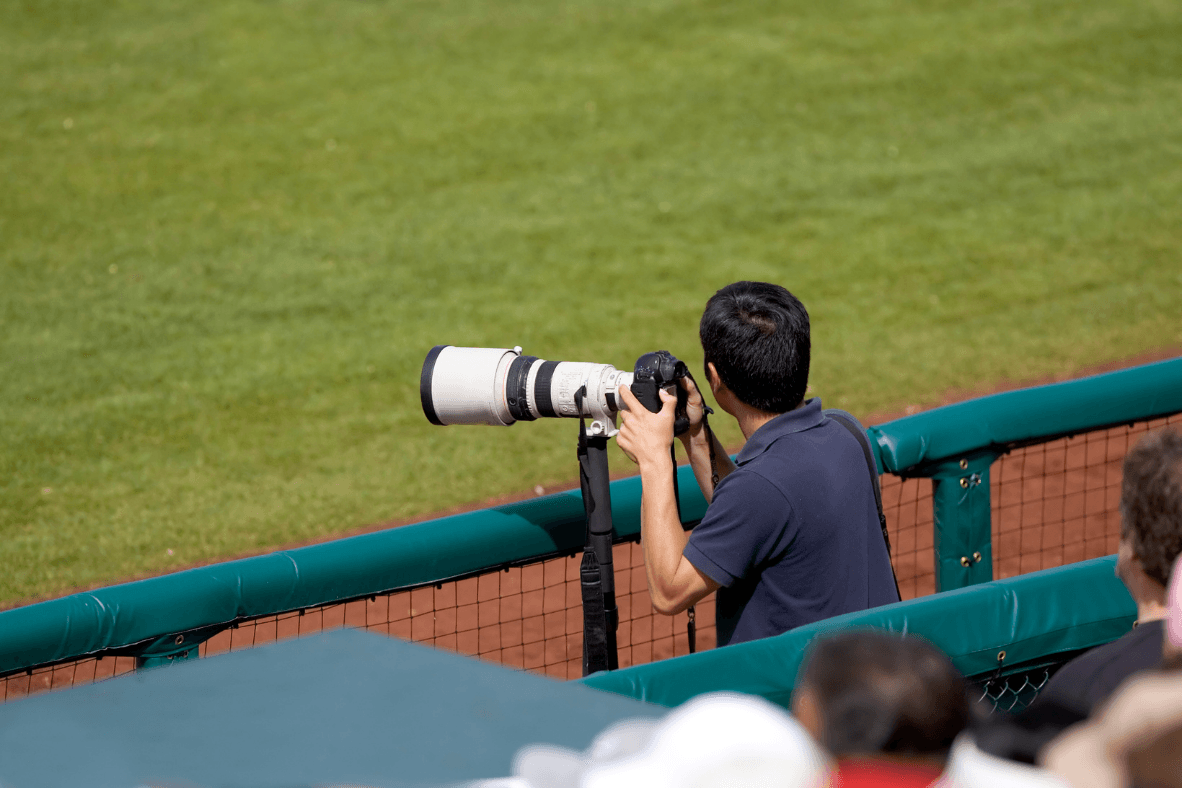Get in touch
How to Lead With the Lead
Section 1 WHITE PAPER
Lecture 1 How to Lead With the Lead?
Lecture 2 How to Lead With the Lead? - Recap
Section 2 TRANSCRIPTION
Lecture 3 How to Lead With the Lead?
LEADING WITH THE LEAD
In journalism, there is a good reason why a lead is called a lead. In many respects, it is the main event of a news story. Just like a leading actor in a Hollywood blockbuster, it plays the starring role.
Writing good leads is one of the most challenging tasks in assembling a news story because, it not only must be well written and clear like the rest of the piece, it has extra obligations u2013 it must signal what is coming next and keep the reader reading.
By the way, lead often is spelled by reporters as u201clede,u201d which reflects a deliberate misspelling of u201clead,u201d use of which dates back to the 1950s.
Leads are more important today than ever simply because, with so many digital offerings at hand, competition has greatly increased for a readeru2019s attention. The lead often is the make-or-break part of the news story.
If a reader has made it as far as the lead, it means the headline has done its job. If the reader goes on to the body of the story, it means the lead has done its job.
So, how do you get a lead to do its job? Well, one of the reasons the task is challenging is because there no single, hard and fast formula exists for crafting a good lead.
But, if its function is to summarize and entice, it stands to reason that these are the key things to keep in mind in undertaking the job.
The writer should not take too literally the need to summarize. Rather, what he is aiming for is to convey the essence or gist of what the story is about.
It is important not to get overwhelmed or feel that everything must be crammed into a lead. Remember, it does its job by enticing. There is place enough in the story to get a specific message across in reporting, by way of the so-called u201cnut paragraph,u201d which comes later. (The nut paragraph explains in a nut shell the value or basis of the story.)
For example, the lead in the article you are now reading conveys a sense of what the piece is going to be about. It also sets out to cajole the reader by evoking a popular image, a Hollywood movie star u2013 something everyone can relate to and identify with.
The goal is to reach out and grab the reader, very politely of course, by the throat. To conveying a message: u201cNotice me, read on!u201d
An effective way to capture attention is to highlight in the lead the most surprising or controversial thing that the story will be revealing. This format is the appropriate one for breaking news stories.
Some copyeditors complain about reporters u201cburyingu201d the lead. What they are referring to is that the best part of the story is inappropriately placed lower down in the body, rather than where it should be — in the lead paragraph.
A general rule of thumb holds that a lead should be under 35 words. It must never contain jargon or bureaucratese. A re-reading of a lead sometimes enables an author to cull words that are not absolutely necessary. Short and punchy always wins the day. There should be not one single word in the lead that is not absolutely necessary. Too many words can clutter comprehension.
Not surprisingly, many journalists suffer over their leads, knowing how crucial a part of the story leads can constitute. The best way of dealing with a writeru2019s block over a lead may be for the journalist simply to forge ahead with his second paragraph, telling himself the lead can come later, once the piece is finished.
In some cases, when the writer finally returns to write the lead, he may discover he has unknowingly accomplished his task u2013 that the second paragraph fills the bill.
Or, by the time he has finished writing his story, he has thereby organized his thoughts about it so thoroughly, the lead will then seem obvious.
Indeed writers should always go back and check that their lead is truly useful to the story. Not often, but occasionally, they may find the lead is not doing a good enough job, that in fact the story can launch with the second paragraph.
Another technique in devising leads is for a writer to imagine he has only a few seconds to urgently convey what the story is about to someone who is busy doing other things. He clearly needs to give it his best shot, succinctly. By saying out loud what the story is all about in just a few words, he may discover his lead.
More latitude exists when creating a lead that is not news-event oriented. A lead for a feature story, for example, really does not have to follow any rules. It can pose a question, recount a quote from a famous person or be an anecdote. In opinion columns, the writer can start off with a personal recollection of an experience. And the feature story lead can stray beyond the one-paragraph norm.
At the excellent website, http://www.columbia.edu/itc/journalism/isaacs/client_edit/Mencher.html
Columbia University scholar Melvin Mencher provides two examples of a news lead — the first, a dull one, and a far better second version.
From the New York Times:
u201cMayor Lindsay listed facilities for public safety as his top spending priority for next year, shifting from his pledge of a year ago to make clean streets his first objective in capital expenditures.u201d
From the Daily News:
u201cMayor Lindsay dropped his broom and picked up the nightstick yesterday, setting law enforcement facilities as the top priority in the cityu2019s construction plans for the coming fiscal yearu201d.
The second headline is pretty darn good, though it could have dropped the word u201cfacilities,u201d which is vague and a bureaucratic turnoff for some readers.
Everyone remembers a great lead, even in books, says Mencher, a professor emeritus at Columbiau2019s Graduate School of Journalism from 1962 to 1990.
From the Bible: u201cIn the beginning God created the heavens and the earth.u201d
From Charles Dickensu2019 A Tale of Two Cities: u201cIt was the best of times. It was the worst of times, it was the age of wisdom, it was the age of foolishness, it was the epoch of belief, it was the epoch of incredulity, it was the season of Light, it was the reason of Darkness, it was the spring of hope, it was the winter of despair.u201d
Mencher recommends that reporters, setting out to write a lead, initially ask themselves two questions:
u2022 What was the most important or unique thing that happened?
u2022 Who was involved, who did or said it?
Then, three more questions:
u2022 Should this information go in the first paragraph, or within the first six paragraphs, of the story? A featurish story allows more latitude for delay.
u2022 Is there a colourful word or dramatic phrase I can work into the lead?
u2022 What subject, and which verb, will best move the reader into the story?
Depending what the lead is fronting, it meant to achieve different goals. Michelle Rafter, a business journalist in Oregon, has broken down the task by citing seven different types of leads. http://michellerafter.com/2014/07/14/writing-basics-the-lead/
1. The u201cNews Leadu201d relies on answering the most interesting or pressing of the five Ws (Who, what, when, where, why).
2. The u201cSecond-Day News Leadu201d, topping a follow-up story that refers to events readers generally already know about, highlights what is new or developing about the storm or crisis or murder investigation or whatever.
3. A u201cHook Leadu201d tosses out one or two tantalizing details about something so that the reader wants to know more. For example, a story about upcoming government plans for a provincial budget that will grant B.C. residents a series of tax breaks, might lead with: u201cJust two months before a provincial election, Christy Clark is handing voters a goodie bag.u201d
(A nut graph that follows hypothetically might be something like: u201cThe premier is expected to announce on Wednesday a reduction in the Property Purchase Tax rates and one-per cent cut in the PST, measures the Opposition New Democrats are condemning as u201cirresponsible and politically motivatedu201d.)
4. The u201cFeature Leadu201d allows the writer to get creative. No rules here, just the same requirement to get readers hooked on the story.
5. An u201cExplanatory Leadu201d sets the scene without immediately jumping into the heart of the matter. This type of lead may set up a situation or profile a person by meandering around the subject at hand, drawing the reader in as he goes.
6. An u201cAnecdotal Leadu201d draws on a good yarn.
7. The u201cSet-up Leadu201d is used to launch a Q and A, infographic, chart, listicle or blog posting.
To Recap:
u2022 The lead is the u2018main eventu2019, the most important component of any news or feature story, and should command commensurate thought and effort;
u2022 News leads should spotlight the most significant or surprising elements of a story while feature leads should be more of an exercise in creativity;
u2022 If writeru2019s block interferes with lead writing, a reporter should try saying out loud what his story is about, as though speaking to a distracted listener. Or, if approaching deadline, move on to the second paragraph and give it a second try after committing the complete story to paper/computer.



Modules
Do you work in NewsMedia?
Contact us for more information.
Request Access - Form
Thank you for requesting access to NewsMediaPlaybook.com.
We will review your submission and back to you as soon as possible.
Oops, there was an error with your request.
Please try again later.
All Rights Reserved | BCYCNA







